Begin your journey in Ethiopia's capital, capturing the vibrant cityscapes, markets, and cultural diversity.

Introducing Ethiopian Highlands Revealed
A Photographic Odyssey Through Mountains And Wildlife
Embark on an unforgettable photographic journey through the stunning landscapes and rich wildlife of Ethiopia's highlands. "Ethiopian Highlands Revealed" invites you to capture the raw beauty, endemic species, and cultural heritage of this breathtaking region.
From the bustling city of Addis Ababa to the dramatic Simien and Bale Mountains National Parks, every moment is a visual feast waiting to be immortalized through your lens.
Explore the Rift Valley Lakes, marvel at Gondar's imperial palaces, and witness the unique gelada baboons and Ethiopian wolves in their natural habitats. This extraordinary expedition will take you on a captivating visual odyssey through the heart of Ethiopia.
Destination Highlights

Highlighted Destinations
Photograph the serene beauty of Lake Langano and Lake Ziway, home to a rich variety of waterbirds.
Explore the Afro-alpine moorlands, photograph the endangered Ethiopian wolves, and encounter the endemic Giant Mole Rat.
Capture the imperial palaces, ancient castles, and the beautiful Debre Berhan Selassie church.
Witness the dramatic landscapes, photograph the endemic Gelada baboons, and search for the endangered Walia Ibex.
Itinerary at a Glance
Day by day Tour Itinerary

DAY 1: ARRIVE IN ADDIS
- The tour starts this morning in Addis Ababa. You can choose to arrive by air this morning with Ethiopian Airlines or by another carrier, or you can elect to arrive the previous day and get some rest by having an extra hotel night. If you arrive early enough you can explore the city if you wish. There are plenty of interesting things to see, including Emperor Menelik's tomb, the cathedral, the national museum and the huge and fascinating Mercato open-air market.
- From ‘Addis' we will head southeastwards, dropping down from the highlands to the hotter, more arid Great Rift Valley (a vast and dramatic geological feature that runs all the way from southeastern Turkey to southern Africa!).
- We may opt to take a break at Lake Chelekleka on the outskirts of Bishoftu. It is rich in waterbirds, including Great White Pelicans, Common Cranes and many others, but if not we will press on to Lake Koka, often a great site for photographing impressive (and noisy) African Fish Eagles and sometimes the beautiful Black Crowned Crane. There are often so many eagles here that fights over fish break out.
- This afternoon we will arrive at Lake Ziway, where we will overnight at a comfortable hotel right at the lakeside. Lake Ziway is a great place for photography, and of course of a kind we will not enjoy while in the Bale or Simien. We can walk out directly onto either of two promontories that start at our hotel and enjoy the spectacle of numerous waterbirds, most of which are highly approachable. (An important aspect of Ethiopia, and one which makes it so good for wildlife photography, is that birds and indeed most creatures are not harmed by local people.)
- Large flocks of Great White Pelicans are a feature here and we are likely to get surprisingly close to these huge and impressive birds. Among the many other stars are the jewel-like Malachite Kingfisher, the long-toed African Jacana, the huge Goliath Heron, the strange Hamerkop and the superb Saddle-billed Stork. Additional species we are likely to shoot include White-faced and Fulvous Whistling Ducks, Spur-winged and Egyptian Geese, Hottentot Teal, Pink-backed Pelican, Reed Cormorant, African Darter, African Sacred and Glossy Ibises, Yellow-billed Stork, Black-winged Stilt, Spur-winged Lapwing, Gull-billed and White-winged Terns, Red-eyed Dove and Pied Kingfisher (try and take them hovering). Rather macabre Marabou Storks nest in the trees around the hotel.

DAY 2: DRIVE TO HAWASSA
- We will set off early and drive the short distance to the northern end of Lake Langano. The grounds of a rather run-down hotel usually hold impressive Greyish Eagle-Owls and many cryptically-coloured Slender-tailed Nightjars, and while looking for these nightbirds we are likely to find and photograph the endemic Black-winged Lovebird and Red-throated Wryneck, as well as Namaqua Dove, White-bellied Go-away-bird, the weird-looking Speckled Mousebird, Little Bee-eater, Eurasian Hoopoe, Black-billed Wood Hoopoe, and colourful Greater Blue-eared, Rüppell's and Superb Starlings.
- From Langano we continue south to the town of Shashamane for lunch and then, during the late afternoon, we will explore the rarely-visited Senkelle Wildlife Sanctuary, the last stronghold of the endemic Swayne's Hartebeest. These impressive chestnut-coloured antelopes are still common here and the grasslands also feature White-bellied Bustard and the gorgeous Northern Carmine Bee-eater. Eventually, we will arrive at Hawassa, a town situated beside the lake of the same name, where we will overnight.

DAY 3: DRIVE TO BALE MOUNTAIN NATIONAL PARK
- Our hotel is situated right at the lakeshore and the grounds and surroundings are a great place for early morning photography. Beautiful, black and white Guereza Colobus monkeys with long bushy tails frequent the area and, since the hotel staff gives them a few tidbits, are very confiding, allowing for great shots. Mothers with tiny infants are especially appreciated. Grivet Monkeys also occur here and the more photogenic birds include the delightful little African Pygmy Goose, Squacco Heron, the perky little Black Crake and Woodland Kingfisher. African Spotted Creeper, a very uncommon and patchily-distributed bird, also occurs here, but we cannot honestly claim it will be at the top of most folk's targets!
- Not far out of town is the fish market, where enterprising fisher folk have found out they can get a small tip from visiting photographers for throwing fish to the Marabou Storks. We will spend a little time here to enjoy the spectacle before our thoughts turn to high mountains almost empty of people.
- After the day starts to heat up we will head up into the Bale Mountains for a four nights stay at Goba. This afternoon we will enjoy our first outing in these beautiful mountains.

DAY 4-5: EXPLORE BALE MOUNTAIN NATIONAL PARK
- We will be spending much of our time exploring the wild and spectacular Afro-alpine moorlands of the high Sanetti Plateau, one of the best places in the Bale Mountains for finding Ethiopian Wolf. The handsome Ethiopian (or Simien) Wolf has had a difficult time in recent decades, suffering from distemper epidemics introduced by domestic dogs (incursions of which have become more common as the region's human population has increased). This is now the world's rarest canid, although, happily, a recent campaign to vaccinate local dogs, organized by the Ethiopian Wolf Conservation Programme has brought about a welcome rebound in the population.
- The wolves tend to go around singly or in small groups and during the course of our visit we should have repeated encounters with them, watching them patrol their territories, greet each other, relax or hunt rodents and other prey. While we should be able to see them catch rodents, you can consider yourself lucky if you witness a close-up ‘kill' and likewise, although most packs will have pups this season, getting great photo opportunities with cubs must be considered a real bonus.
- The number of rodents here is quite extraordinary, and of course, they provide a bonanza for predators. It is estimated that their density is such that the combined weight of rodents per square kilometre (or about 0.4 square mile) is no less than 4 tons! The great majority on the moorlands (and the main prey species of the Ethiopian Wolf) consist of three Ethiopian endemics: Blick's Grass Rat, Black-clawed Brush-furred Rat and the extraordinary, endangered Giant Mole Rat. The latter, a huge blind rodent with very goofy teeth, is constantly enlarging its burrows to reach new food supplies and we will have some fun trying to sneak up on them to take some photos. They have good hearing and also detect vibrations, so in spite of their blindness, a close approach is not easy!
- While the handsome Mountain Nyala is regularly seen on the moorlands, the landscape is open and approaching them closely on foot is often unsuccessful. For far better opportunities we will head for the Bale Mountains National Park headquarters at Dinsho. Here, some of the Nyalas have become unafraid of humans and will allow a close approach, as will Menelik's Bushbucks and especially the ultra-tame Common Warthogs, which one can get to within a couple of meters!
- Dinsho is also a good place for bird photography, often including African Wood Owl, the huge Verreaux's Eagle-Owl and the uncommon endemic Abyssinian Owl. (Cape Eagle-Owls also occur here, but are usually too distant for good images.)

DAY 6-DRIVE TO AWASSA
- After a final photography session in the Bale Mountains, we will descend to the Awassa area for an overnight stay.

DAY 7-FLY BACK TO ADDIS ABABA & FLY TO GONDER
- We will spend the early morning in the Hawassa area, concentrating on the beautiful and spectacular Wattled and Black Crowned Cranes. We could well see and photograph the latter species dancing. There will be plenty of other species to photograph, including a good selection of waterbirds.
- Afterwards, we will head northwards to Addis Ababa airport, from where we take an early evening flight to Gondar, a city situated not far from Lake Tana in northern Ethiopia. We will stay overnight at the comfortable Goha Hotel, perched on a high hill with a spectacular view over the city.
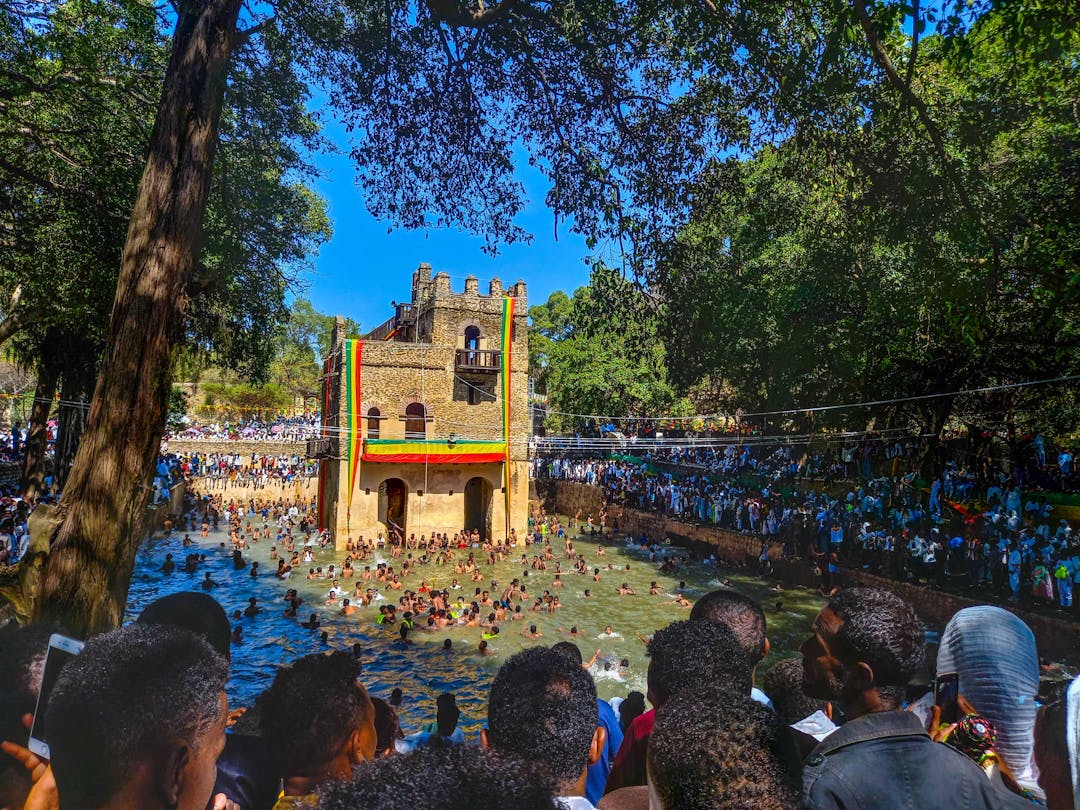
DAY 8 - DRIVE TO SIMIEN MOUNTAINS NATIONAL PARK
- Before we leave Gondar, we will visit the Imperial Palaces and the Debre Berhan Selassie church.
- Officially founded by Emperor Fasiledes in 1636 as the third permanent capital city of Ethiopia, Gondar is notable for its most impressive Imperial Palaces/Castles and churches. The dramatic, castle-style palaces built over a period of more than 150 years reveal the influence of Axumite, Indian and even Portuguese and Moorish architecture in Ethiopia.
- The beautiful church of Debre Berhan Selassie, famous for the colourful mural paintings on the ceiling, which according to legend was saved by a swarm of bees when the Mahdist soldiers from Sudan sacked and burned down the city in the 1880s, reflects the religious art of the Gondarine period.
- Afterwards, we will head for the World Heritage Site of Simien Mountains National Park. The drive between Gondar and Debark is very scenic, particularly at Kosoye some 32km (20 miles) north of Gondar, where Queen Elizabeth II of England camped in 1965 while driving between Gondar and Axum.
- At Debark we will collect a park scout and permits at the park headquarters and then continue our drive to Simien Lodge, where we stay for three nights. This afternoon, after lunch at our dramatically-situated lodge (which claims to be the highest lodge in Africa, and they are surely right!) we will start our photographic exploration of the extraordinary Simien Mountains.
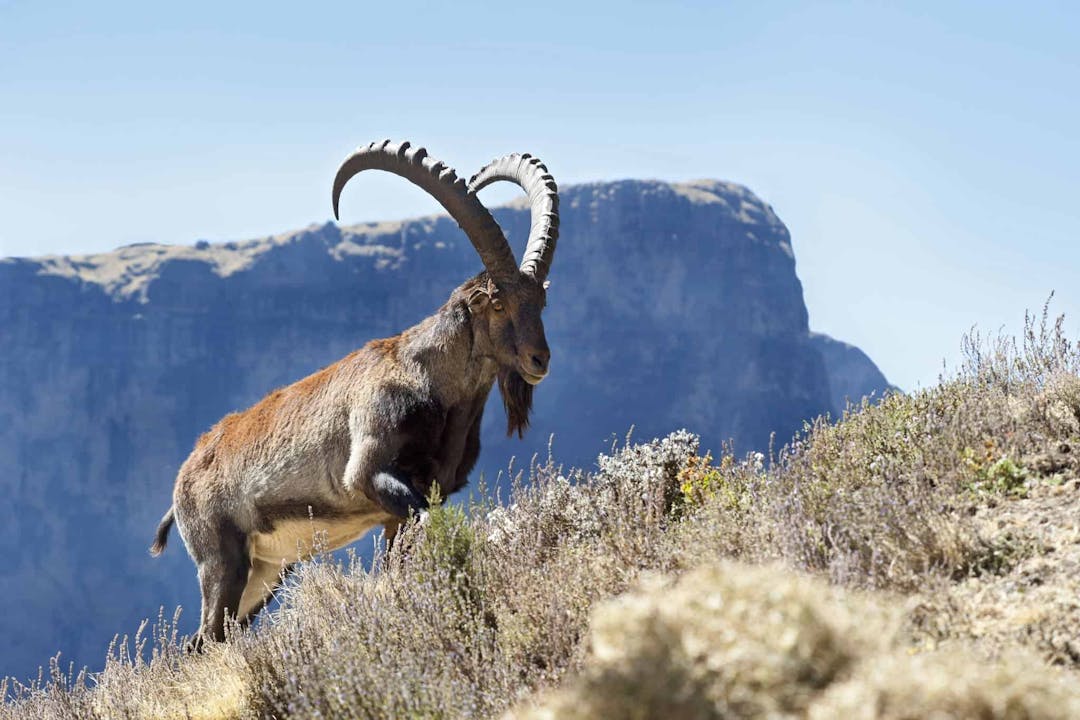
DAY 9-10: EXPLORE SIMIEN MOUNTAIN NATIONAL PARK
- Created by massive erosion, the Simien Mountains is one of the most spectacular landscapes in the world: jagged mountain peaks with many summits over 4,000m (roughly 13,000ft), deep valleys and 1,500m sheer precipices. The park is home to the highest peak in the country, Ras Dashen, which is 4543 meters (14,906ft) above sea level.
- The Simien Mountains is also the refuge of the endangered endemic Ethiopian (or Simien) Wolf, the extraordinary Gelada Baboon and the endangered Walia Ibex, a wild goat unique to Ethiopia. It is also home to endemic birds such as the Thick-billed Raven and Wattled Ibis.
- In addition to its wonderful scenery and wildlife, the park is also famous for its Afromontane forest, Hypericum woodland, Afromontane grassland and Afro-alpine moorland dominated by Giant Lobelias, Red Hot Pokers, tree heaths, and giant St. John's Wort and African Roses. As you can see, no Ethiopia wildlife photography tour can afford to miss out on the extraordinary Simien!
- We will explore the scenic Simien escarpment in order to find the endemic Gelada Baboons. Nicknamed ‘bleeding heart baboon' and ‘lion-monkey' for reasons that will soon be obvious to all, Gelada Baboons are peculiar to Ethiopia and Eritrea, still being numerous in the Simien Mountains. Geladas are mainly vegetarian, living on herbs, grasses and roots, but they also eat insects including locusts. Geladas live along the rim and steep slopes of the escarpment, which is their refuge when danger threatens.
- On one or more days, after an early breakfast, we will leave the lodge for Chenek guard post, taking a picnic lunch. The scenery around Chenek is even more awesome than further west near our lodge, with huge peaks, crags and cliffs in the foreground and distant granite domes below the Simien escarpment. Here we can look for the endemic Walia Ibex. As well as photographic opportunities with the ibex, we will also be hoping for an encounter with the handsome Ethiopian (or Simien) Wolf, a declining species that still occurs regularly around Chenek.
- We also have a high chance of spotting wildlife such as Ethiopian Klipspringer, Menelik's Bushbuck, Bush Duiker and raptors including the huge Steppe Eagle, Tawny Eagle and the magnificent Bearded Vulture or Lammergeier.
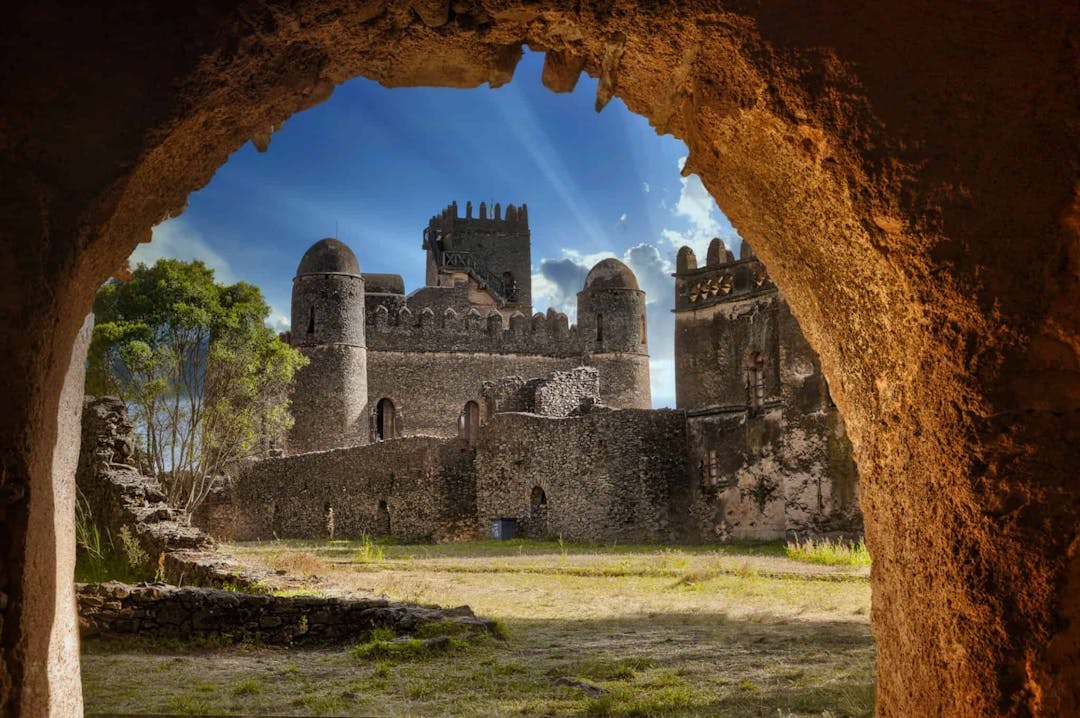
DAY 11: DRIVE TO GONDER
- After spending much of the day in the Simien, we will return to Gondar for an overnight stay.

DAY 12: FLY TO ADDIS ABABA
- Our Ethiopia wildlife photography tour concludes with a morning flight to Addis Ababa.


How Can We Help You Create an Extraordinary Ethiopian Adventure?
At Sawla Tours, we are passionate about turning your travel dreams into reality. With years of hands-on experience in crafting unforgettable journeys to Ethiopia, we are your go-to experts in deciding when to travel, where to explore, and what to discover.
Whether you have a detailed itinerary in mind, seek professional advice, or simply don't know where to begin, we're eager to assist. Reach out to us today, and together, we'll create an extraordinary travel experience tailored just for you.
Contact Us Now
Ethiopia Tour Themes
Discover More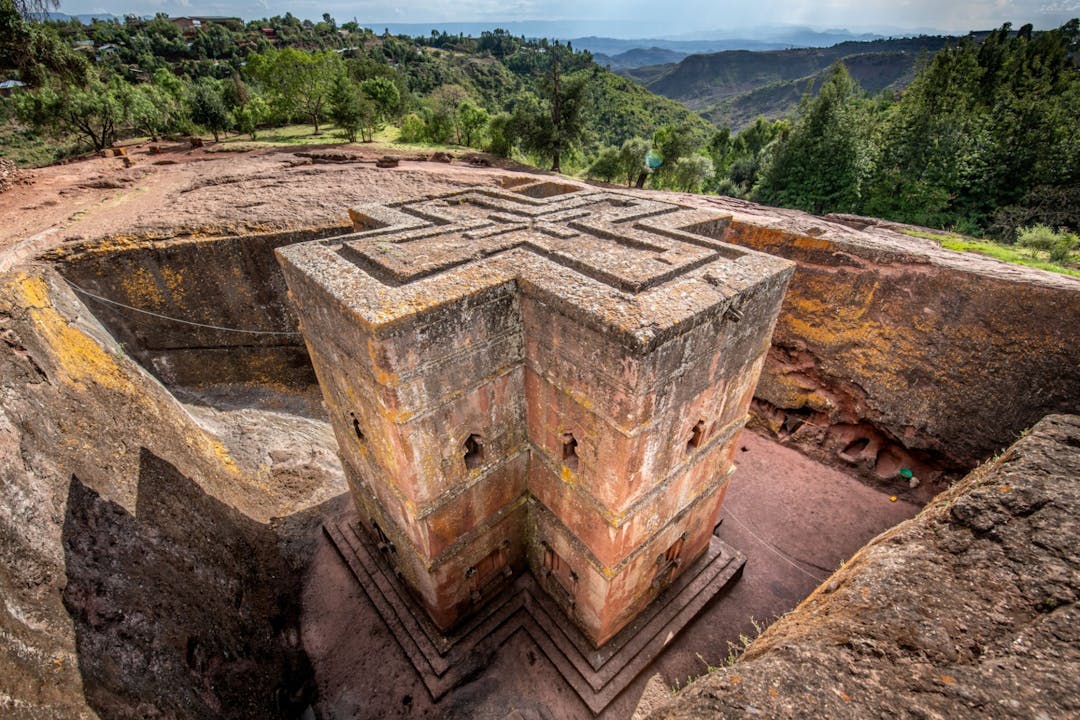
Popular Destinations
Discover More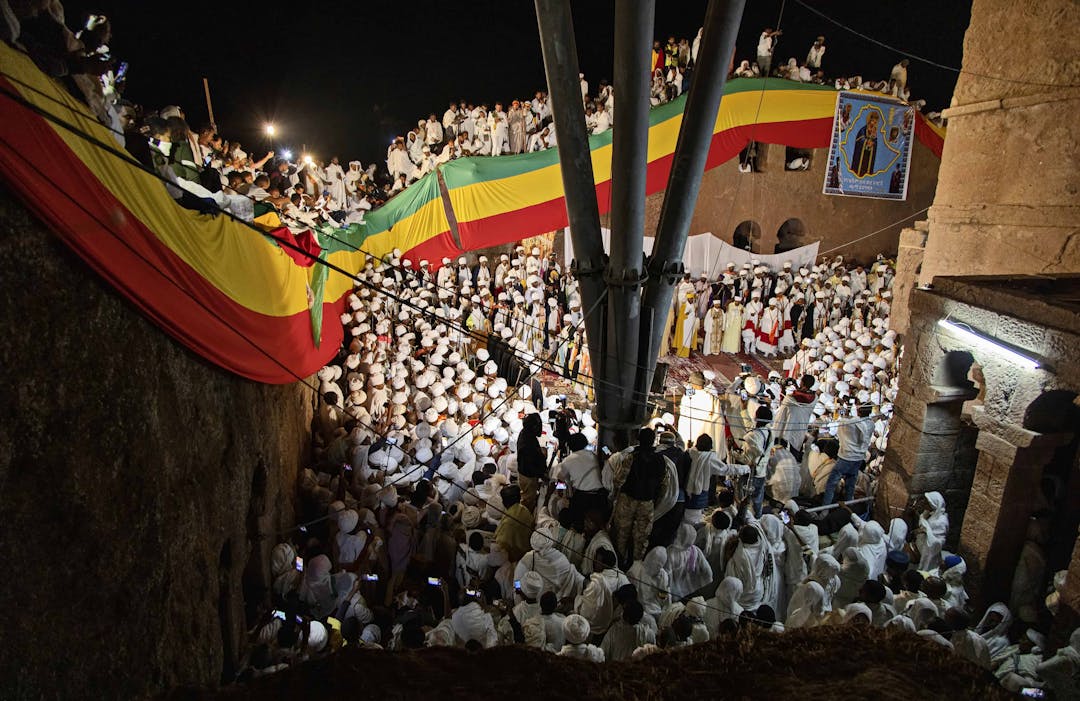
Itineraries By Experience
Discover More
